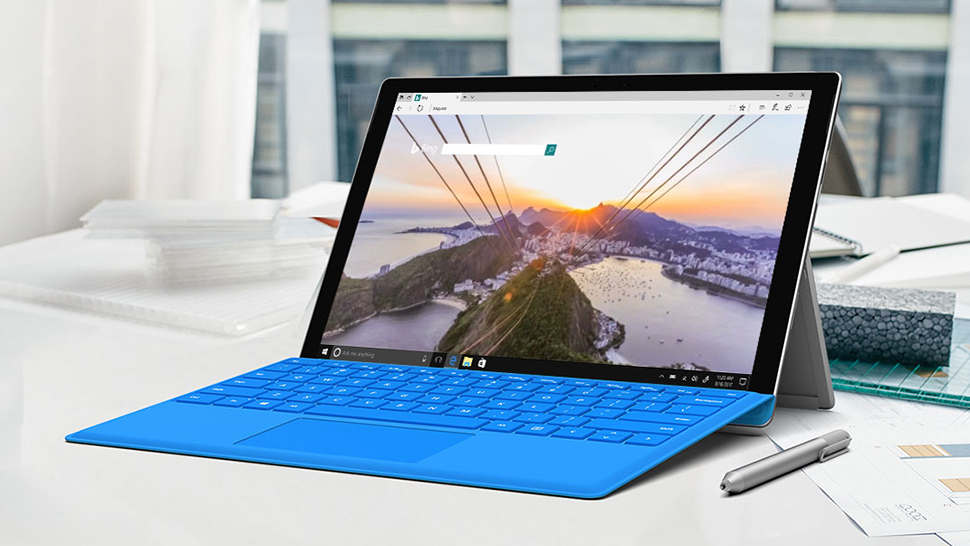Microsoft’s bringing some nifty improvements to Chromium-based Edge and Chrome
Including smoother scrolling and potential tuning on the performance front

Microsoft is working on making Chromium-based Edge and Google’s Chrome browser smoother when it comes to scrolling, and also aiming to help out with performance problems when Chrome starts up slowly on lower spec PCs.
This is all part of what Microsoft promised when it first announced the revamped Edge browser, namely that it would contribute to Chromium going forward, and this would benefit other browsers based on the Chromium engine such as Chrome itself.
Let’s look at the potential performance boosting measure first, which pertains to the process whereby Chrome DLLs are pre-read by ImagePreReader during the browser’s startup activities, and on a slow or older Windows machine (a dual-core CPU laptop is cited) this can trigger a pause of the best part of two seconds.
- Chromium-based Edge is also coming to Linux
- Problems with Google’s browser? Here’s how to fix Chrome
- We’ve picked out the best web browsers of 2019
Obviously that’s far from ideal, and Microsoft has proposed a Chromium commit to speed up Chrome’s DLL prefetching. The suggestion is to: “Change the in-proc prefetcher to load the code into Image pages and not MapFile pages to save CPU and improve memory usage.”
Bear in mind that this is just a commit at this stage, but hopefully will come to fruition, and anything that improves Chrome’s (and other Chromium-based browsers) performance will be most welcome.
Of course, we can hope this is a sign that Microsoft is looking into browser performance issues more broadly, because Chrome is pretty notorious for its memory hogging antics.
Indeed, our anecdotal experience with the revamped Edge browser is that it’s certainly a good deal slicker than Chrome when it comes to memory management, although there are doubtless those who would point out that this isn’t difficult.
Get daily insight, inspiration and deals in your inbox
Sign up for breaking news, reviews, opinion, top tech deals, and more.
Smooth scrolling
The other area Microsoft is pushing forward with improving is smoother scrolling for its new take on Edge (and again, other Chromium-based browsers), as detailed at Build 2019 earlier this week (along with a raft of other incoming features).
In its session on ‘Moving the web forward with Microsoft Edge’, the company talked about how it intends to improve scrolling using the scrollbar, making it much smoother even when there’s a lot happening on the web page you’re viewing, regardless of which medium you are scrolling with (whether that’s a mouse wheel, keyboard, or touchscreen).
This is something that the old (original) Edge did very well, but currently, in the new Edge (and Chromium), when there’s lots of activity on the main UI thread – so, for example, a large amount of comments at the bottom of the web page are loading – scrolling can be interfered with and made to be a more stuttering experience.
However, in a recent preview build of Edge-based Chromium (Canary channel), Microsoft has changed things so that scrolling has now been shifted away from the UI thread, meaning that even when there’s lots of the aforementioned kind of activity, the smoothness of your scrolling won’t be affected.
- Surf the web on one of our best laptops of 2019
Darren is a freelancer writing news and features for TechRadar (and occasionally T3) across a broad range of computing topics including CPUs, GPUs, various other hardware, VPNs, antivirus and more. He has written about tech for the best part of three decades, and writes books in his spare time (his debut novel - 'I Know What You Did Last Supper' - was published by Hachette UK in 2013).